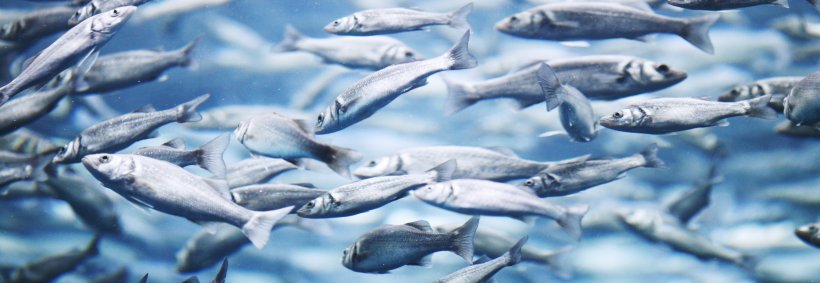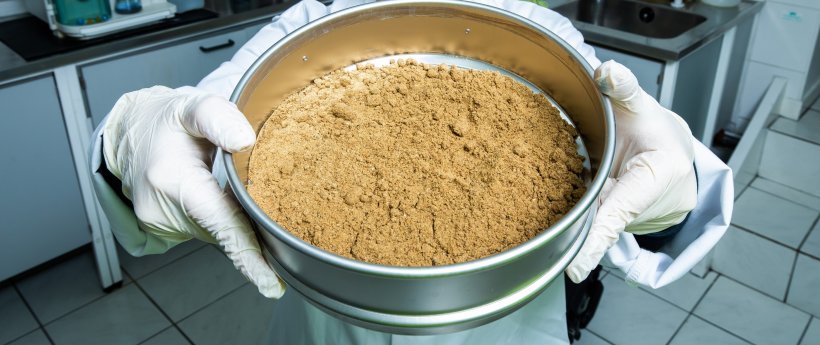
As the foundation of aquafeed, fishmeal is perhaps the most established and well-known of the feed ingredients, certainly for aquaculture. It provides essential nutrients to farmed fish which are not available in other ingredients as a single package and is therefore the nutritional benchmark against which other feed ingredients’ performance is measured. Global fishmeal supply has continued to remain stable for a period of at least the last 20 years, although there is some growth potential for fishmeal produced from by-products from both improved collection of processed material from capture fisheries and the increasing volume supplied through aquaculture growth. Being relatively constant, the global annual supply is finite, and in the face of continual growth of the aquaculture industry there is a strong need that the superior nutrition provided by fishmeal be used in the most strategic way to the benefit of all global aquaculture production. To truly understand its unique characteristics, we must first break it down and look at what is actually in fishmeal and how farmed fish benefit from consuming it.
Protein is key to growth and fishmeal is among the best available ingredients for protein. The protein in fishmeal is also highly digestible exceeding the majority of other animal feed ingredients for this factor, with values consistently around 90%. Fish and animals have requirements for specific amino acids and they build proteins with combinations of about 22 amino acids. However, animals cannot make all 22 of these amino acids in their body and these amino acids are classified as “essential”. There are ten essential amino acids that must be contained in the diet of fish: arginine, histidine, isoleucine, leucine, lysine, methionine, phenylalanine, threonine, tryptophan, and valine. Protein needs to contain the proper amount of required (essential) amino acids to be considered a balanced protein and be of high nutritional value. Because the amino acid profile of fishmeal is so balanced it fits the needs of farmed fish precisely and is therefore very attractive as a feed ingredient. In addition, fishmeal usually contains 8-12% fish oil and is therefore also a rich source of long chain omega-3s than any other feed ingredient, barring fish oil itself. Those long-chain omega-3s (especially EPA & DHA) are essential to overall health, growth and immune system function.

As well as protein and oil, fishmeal is a rich source of a range of micronutrients important for farmed fish and animal health. Those micronutrients include both vitamins and minerals. In terms of minerals, calcium and phosphorus are both present in high concentrations in fishmeal and both are crucial for bone and tissue formation. Animal sources of calcium and phosphorus such as fishmeal are generally better absorbed by fish, known by the term bioavailability, and it is essential to have concentrations of both together in feed materials because an inadequate supply of either limits the overall nutritive value. Phosphorous is an overall non-renewable resource and fishmeal is one of the very few ways that its depletion can be stemmed. The use of by-products as raw material for fishmeal production is one way that society manages to recover this important mineral. Magnesium is another essential mineral that farmed fish require in their diet for bone and muscle health and again is present in comparatively high concentrations in fishmeal. The other remaining notable minerals are potassium and selenium, both needed for weight gain, feed intake, immune system function and growth.
Regarding vitamins, again fishmeal offers a rich range, and it is particularly rich in the B-group vitamins including niacin, choline, riboflavin, pantothenic acid and B12. Fishmeal has long been hypothesised to contain as yet un-recognised growth factors and through some of IFFO’s technical project work some candidate unique compounds have been identified and proposed, including taurine, trimethylamine oxide, nucleotides and glycosaminoglycans.
All these vital nutrients play different roles at strategic stages of the production cycle of fish in support of growth and health. In broodstock fish (those fish supplying the eggs for the future generations of farmed fish), including relatively higher inclusions of fishmeal in feed ensures all the nutritional benefits carry through to the eggs. Equally, at the juvenile stage, fishmeal provides essential nutrients for growth during a life stage where it is crucially important to give the young fish a good start. All through this process, the benefits of high-quality nutritious feed will pass on that superior nutrition to the end consumer and ensuring aquafeed continues to include these essential nutrients is key to the continued success of the industry.








